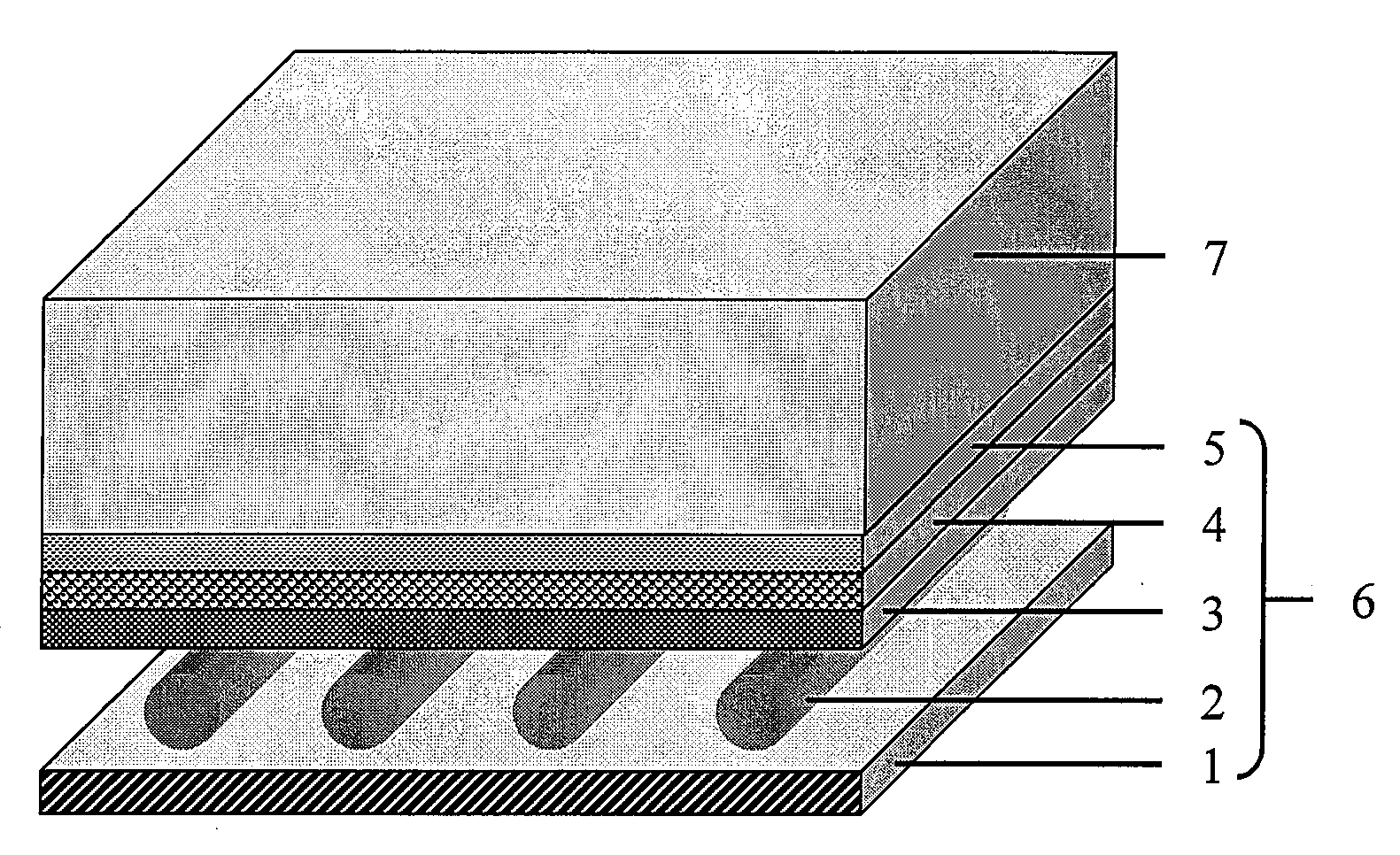Light reflective sheet
a reflective sheet and light technology, applied in the field of light reflective sheets, can solve the problems of uneven brightness, lack of rigidity of reflective sheets, and irregular brightness, and achieve the effects of reducing the influence of heat shrinkage, reducing warping and twisting, and improving flatness
- Summary
- Abstract
- Description
- Claims
- Application Information
AI Technical Summary
Benefits of technology
Problems solved by technology
Method used
Image
Examples
example 1
Preparation of the Thermoplastic Resin Composition (b1) for the Medium Layer of Void Containing Light Reflective Layer (B)
[0110]Added to the thermoplastic resin composition (b1) capable of forming void by stretching being used in a medium layer of a void containing light reflective layer (B) with a three layer structure were crystalline propylene homopolymer powder with MFR of 2 g / 10 min having boiling heptane insoluble of 96% in weight, 0.03 parts in weight of phenol-based antioxidant BHT, 0.02% in weight of lactone-based antioxidant, 0.05% in weight of phosphorous-based antioxidant, 0.2% in weight of benzophenone-based ultraviolet absorbent, 0.2% in weight of benzotriazole-based ultraviolet absorbent, 0.8% in weight of hindered amine-based light stabilizer, 0.1 parts in weight of calcium stearate, 10% in weight of dicyclopentadiene petroleum resin with a softening point of 172° C. (hereinafter referred to as DCPD), 10% in weight of calcium carbonate (mean particle diameter of 1.0 ...
examples 2 and 3
[0122]They were conducted in the same manner as in Example 1, except that the thicknesses of the substrate layer (A) were 540 μm and 940 μm, respectively. The total thicknesses of the layers were 600 μm and 1000 μm, respectively. The constitution and characteristic of the light reflective sheet obtained are shown in Table 1.
examples 4 and 5
[0123]They were conducted in the same manner as in Example 1, except that the thicknesses of the void containing light reflective layer (B) were 60 μm and 90 μm, respectively. The thicknesses of the substrate layer (A) were 480 μm and 820 μm, respectively, and the thicknesses of the entire layer were 600 μm and 1000 μm. The constitution and characteristic of the light reflective sheet obtained are shown in Table 1.
PUM
 Login to View More
Login to View More Abstract
Description
Claims
Application Information
 Login to View More
Login to View More - R&D
- Intellectual Property
- Life Sciences
- Materials
- Tech Scout
- Unparalleled Data Quality
- Higher Quality Content
- 60% Fewer Hallucinations
Browse by: Latest US Patents, China's latest patents, Technical Efficacy Thesaurus, Application Domain, Technology Topic, Popular Technical Reports.
© 2025 PatSnap. All rights reserved.Legal|Privacy policy|Modern Slavery Act Transparency Statement|Sitemap|About US| Contact US: help@patsnap.com


